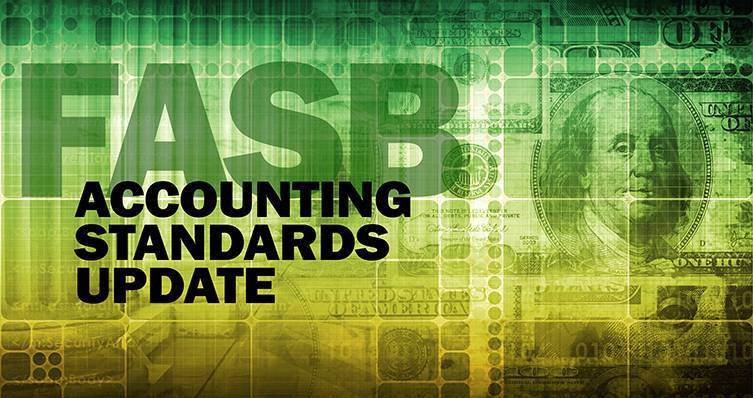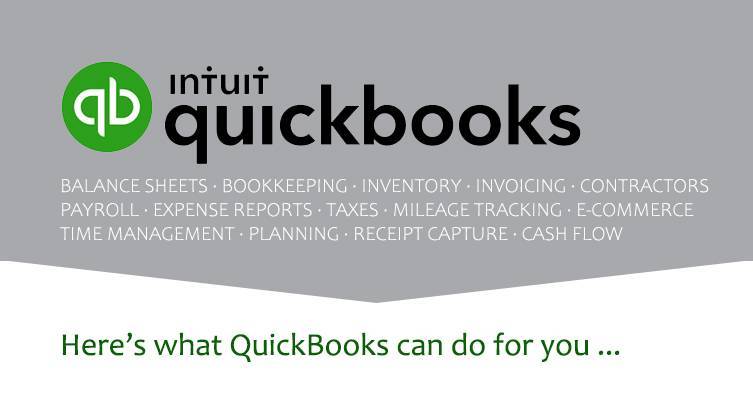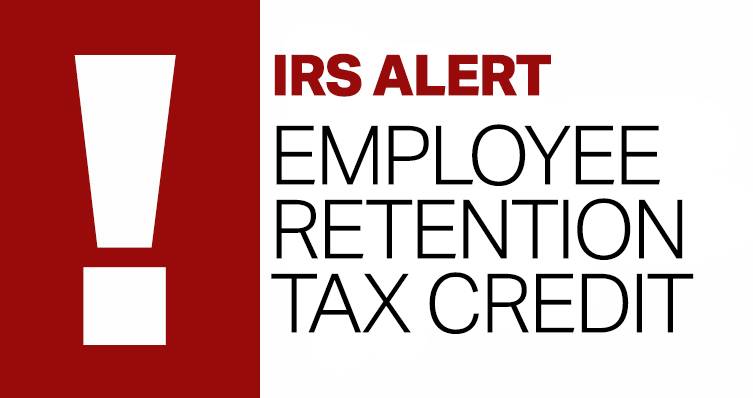New guidance from the Financial Accounting Standards Board (FASB) will provide investors and other allocators of capital with more decision-useful information in a joint venture’s separate financial statements.
Accounting Standards Update (ASU) 2023-05, Business Combinations — Joint Venture Formations (Subtopic 805-60): Recognition and Initial Measurement, also aims to reduce diversity in practice in this area of financial reporting. Here’s what you should know.
Definition of a joint venture
Under existing U.S. Generally Accepted Accounting Principles (GAAP), there are no rules for the initial recognition and measurement of contributions to a joint venture. This has created accounting differences among entities, confusing those who use the financial reporting information to make investment decisions.
The updated guidance applies to the formation of entities that meet the definition of a joint venture. According to the FASB Accounting Standards Codification Master Glossary, a joint venture is “an entity owned and operated by a small group of businesses (the joint venturers) as a separate and specific business or project for the mutual benefit of the members of the group.”
The purpose of a joint venture may include:
• To share risks and rewards in developing a new market, product, or technology
• To combine complementary technological knowledge
• To pool resources in developing production or other facilities
Each joint venturer may participate, directly or indirectly, in the overall management of the joint venture. Ownership of joint ventures seldom changes, and their equity interests usually aren’t traded publicly. Joint ventures aren’t limited to corporate entities; in fact, governmental entities may be joint venturers.
Fair value measurement
The updated guidance will require that a joint venture, upon formation, account for contributions as though the joint venture were the acquirer of a business within the scope of Accounting Standards Codification (ASC) Subtopic 805-10, Business Combinations — Overall. The acquirer of a business is required to recognize and measure the identifiable assets acquired and liabilities assumed at fair value (with certain exceptions), under Subtopic 805-20, Business Combinations — Identifiable Assets and Liabilities, and Any Noncontrolling Interest.
The updated guidance also describes the formation date as the point when an entity initially meets the definition of a joint venture. In addition, the guidance addresses how a joint venture should account for certain contingent payments to one or more of the joint venturers that are determined to be part of the formation. In this context, the joint venture as a whole represents the fair value of 100% of the joint venture’s equity upon formation.
Finally, the guidance states that any contingent payments due to the joint venturers that are deemed to be part of the formation and classified within assets and liabilities should follow the guidance in Subtopic 805-20 for initial measurement, recognition, and subsequent measurement, rather than Subtopic 805-30 for contingent consideration. The recognition and initial measurement of contingent payments won’t affect the total goodwill recognized in a joint venture.
The FASB members agreed that references to a measurement period that already exist in Subtopic 805-20, such as for assets and liabilities arising from contingencies, will be applied by a newly formed joint venture as though the measurement period begins and ends on the formation date.
A joint venture also must provide relevant disclosures to help stakeholders better understand the nature and financial effect of the joint venture formation in the period when it’s formed. These disclosures are different from the disclosure requirements for business combinations.
The updated guidance goes into effect for all joint ventures with a formation date on or after January 1, 2025. Early adoption is permitted. In addition, joint ventures formed before the effective date of the updated guidance may elect to apply the amendments retrospectively if sufficient information is available.
Expanded disclosures on income taxes
The FASB has also finalized rules on income tax disclosures. It unanimously affirmed the significant aspects of Proposed Accounting Standards Update (ASU) No. 2023-ED100, Income Taxes (Topic 740) Improvements to Income Tax Disclosures. The changes aim to improve disclosure rules around the rate reconciliation table and cash taxes that companies pay in the United States and foreign jurisdictions.
Under the updated guidance, companies will need to provide a breakout of amounts paid for taxes between federal, state, and foreign taxing jurisdictions, rather than a lump sum amount. However, companies won’t be required to provide country-by-country disclosures.
Public companies will be required to report under the new guidance for fiscal years beginning after December 15, 2024. The standard goes into effect one year later for privately held companies. Early adoption is allowed.
© 2023 KraftCPAs PLLC











